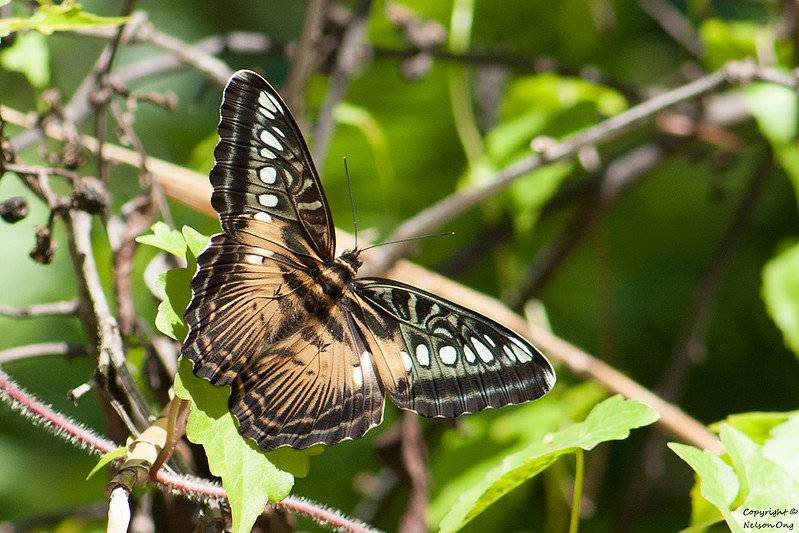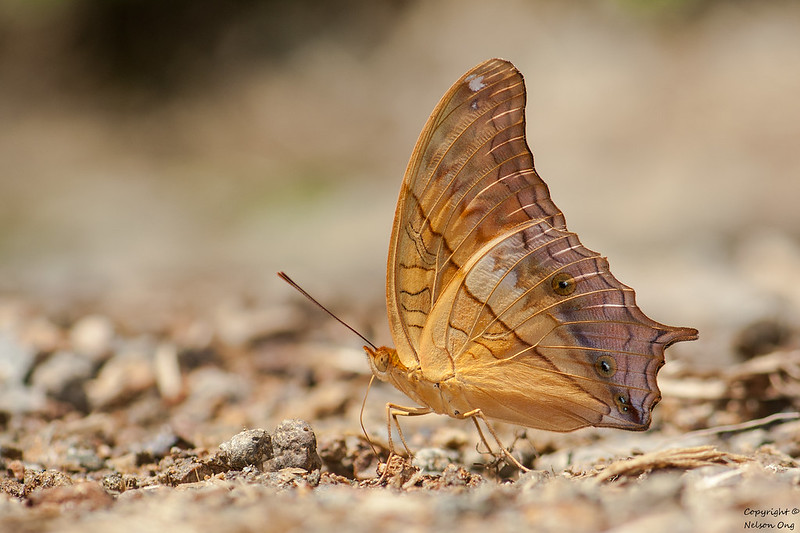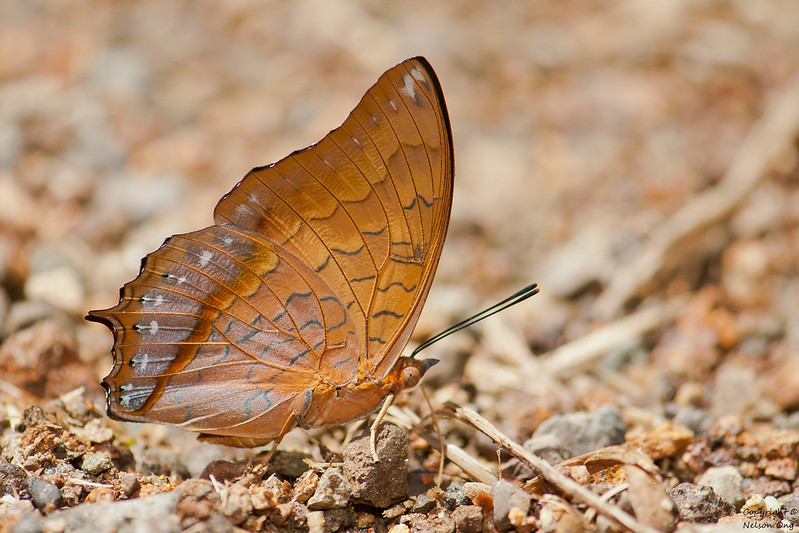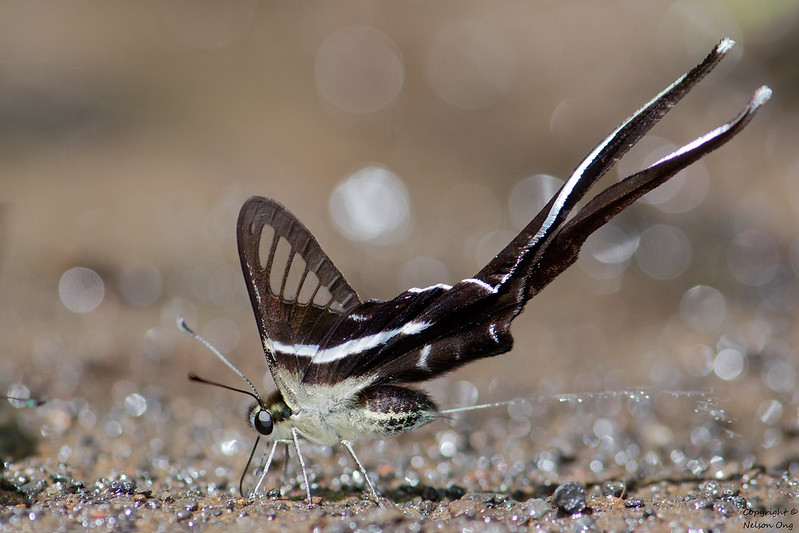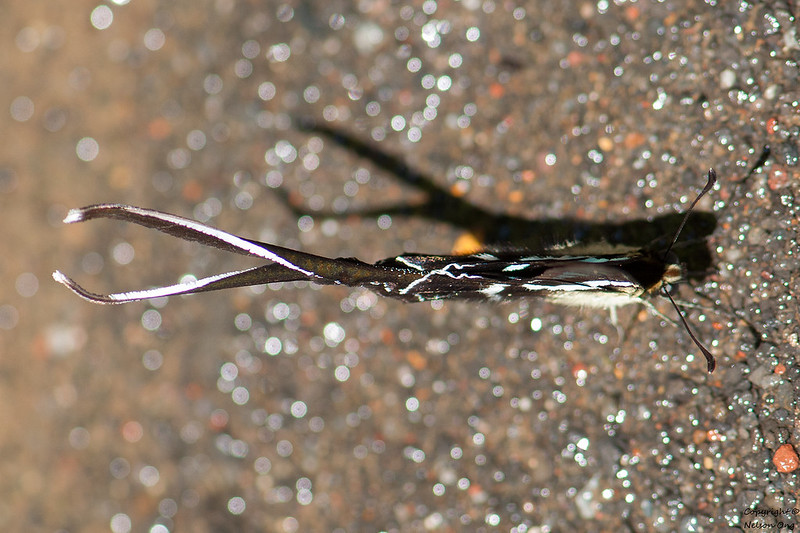3. Hypolycaena erylus gamatius.
4. Charaxes affinis affinis. (Specimens also illustrated by E. Tsukada in Butterflies of the SEA Islands vol. 5, 1991).
5. Ypthima loryma. Life history of this species was documented by Igarashi & Fukuda (The Life Histories of Asian Butterflies vol. 1, plate 120, page 362-363, 1997).




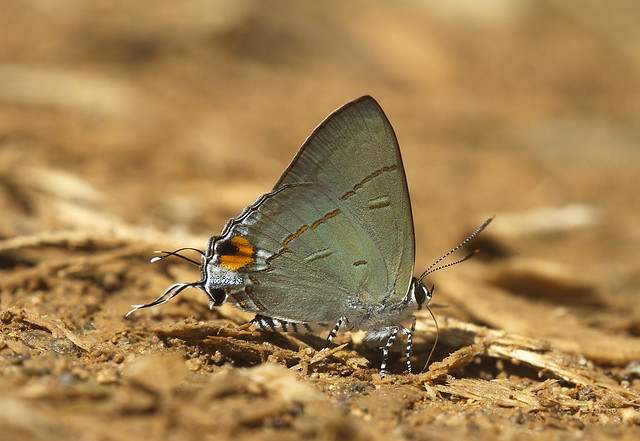

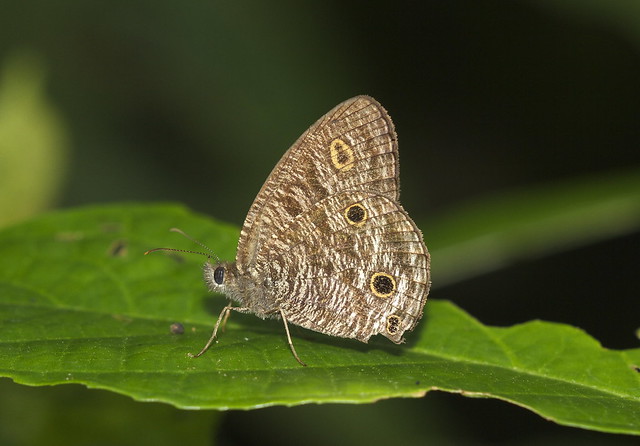

 Reply With Quote
Reply With Quote

 -
-